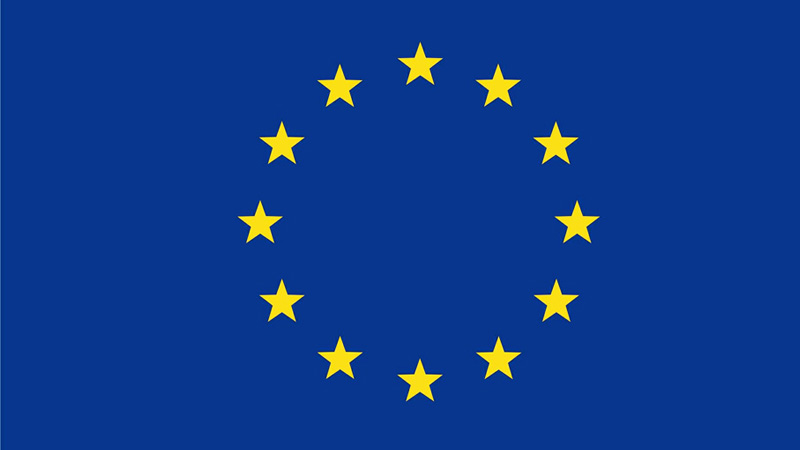This should happen not only for municipal waste, but also for commercial and industrial waste that can be treated higher up the waste hierarchy.
The agreement mentioned above includes a landfill target of maximum 10 percent of the generated municipal waste. This would be good news if it was not for the extremely long transition period foreseen. The 10 percent target has to be achieved by 2035 – five years later than in the Commission’s original proposal – with another five-year extension for EU Member States which landfilled 60 percent or more of their municipal waste in 2013. It is clearly less ambitious than the 5 percent target by 2030 required by the Parliament.
The current agreement means that it will take another 22 years, until 2040, before landfilling will be significantly reduced in Europe. Delaying landfill reduction targets for such a long time is a failure of sustainable EU waste and climate policy.
With such a long transition it has to be feared that not much will happen towards moving away from landfills in the meantime. The foreseen interim target allowing 25 percent maximum landfilling by 2035 to get the extension by 2040 is also far away in the future. In order to ensure that the necessary steps are taken, interim targets for 2030 and 2025 would be essential.
The long transition period is a missed opportunity to treat the waste higher up the hierarchy, to combat climate change effectively and to provide investment security in green growth and jobs. It will lead to misdirected investments and to a non-circular economy approach. Investors will think twice before they put their money in a country which allows high landfill rates.
Furthermore, there is a danger of waste being transported to the Member States where higher landfill rates are still allowed using legal loopholes. Waste movements to these countries should be observed carefully in order to avoid that they become the ‘landfills of Europe’.
Moreover, landfill diversion is the low hanging fruit to get ahead on climate protection and implementation of the Paris agreement. Considering that we still landfill more than 60 million tonnes of municipal waste in EU28 today, which contribute enormously to greenhouse gas emissions (emitting up to 100 million tonnes of CO2equ1) and climate change, we cannot afford to wait until 2040 to significantly reduce landfilling and its highly climate relevant methane emissions.
Landfill diversion of waste, that can be recycled or recovered, is a prerequisite for climate protection and for a sustainable circular economy.
Another indispensable condition for the success of the circular economy is quality recycling. Too often, the circular economy is reduced to quantitative recycling (and in fact this distracts from waste prevention which is higher up the hierarchy). Only quality recyclates create the trust of the market necessary in order to truly replace virgin materials and to achieve a sustainable circular economy.
It is a wake-up call that China has restricted waste imports and that the significant amounts of waste, e.g. plastics and paper waste which were sent for recycling to China have to find other destinations. The EU should see this as an opportunity to develop quality recycling in order to save primary resources in Europe.
Waste-to-Energy is there to support quality recycling by treating the parts that are not suitable for a sustainable recycling, making a clean circular economy happen. At the same time metals from Waste-to-Energy’s bottom ash are recycled and the remaining mineral parts are used for construction purposes, replacing primary resources like gravel and sand.
Additionally, Waste-to-Energy Plants in Europe deliver energy to homes and industry. They can supply 18 million inhabitants with electricity and 15.2 million inhabitants with heat – making us less dependent on the use of virgin fossil fuels for energy.











